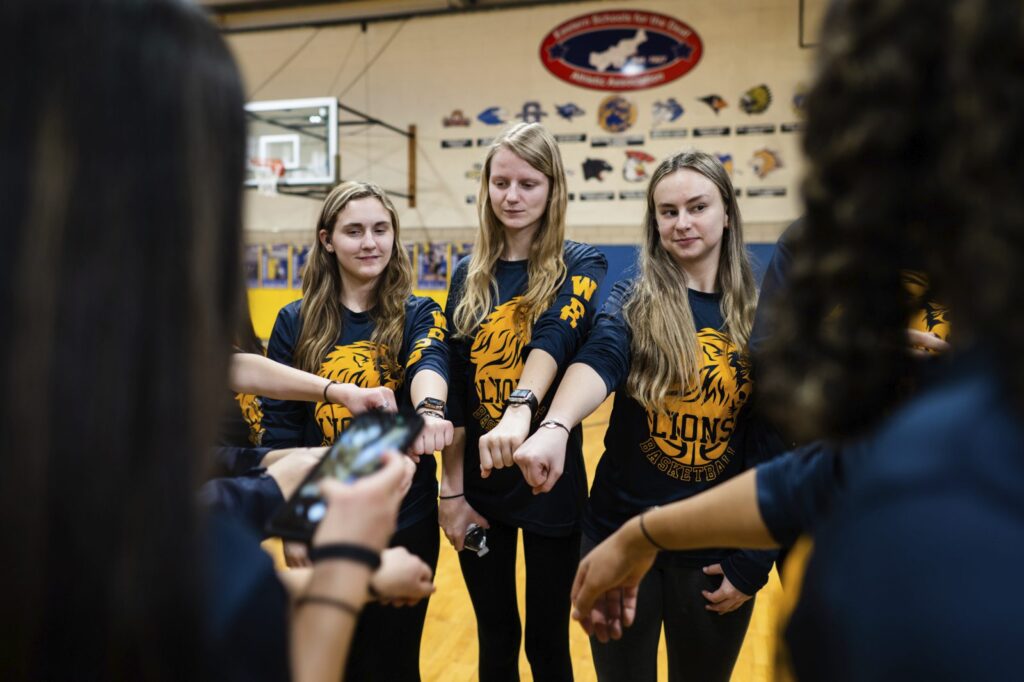Story by JOANNE KLIMOVICH HARROP
Photos by SHANE DUNLAP
Tribune-Review
June 11, 2023
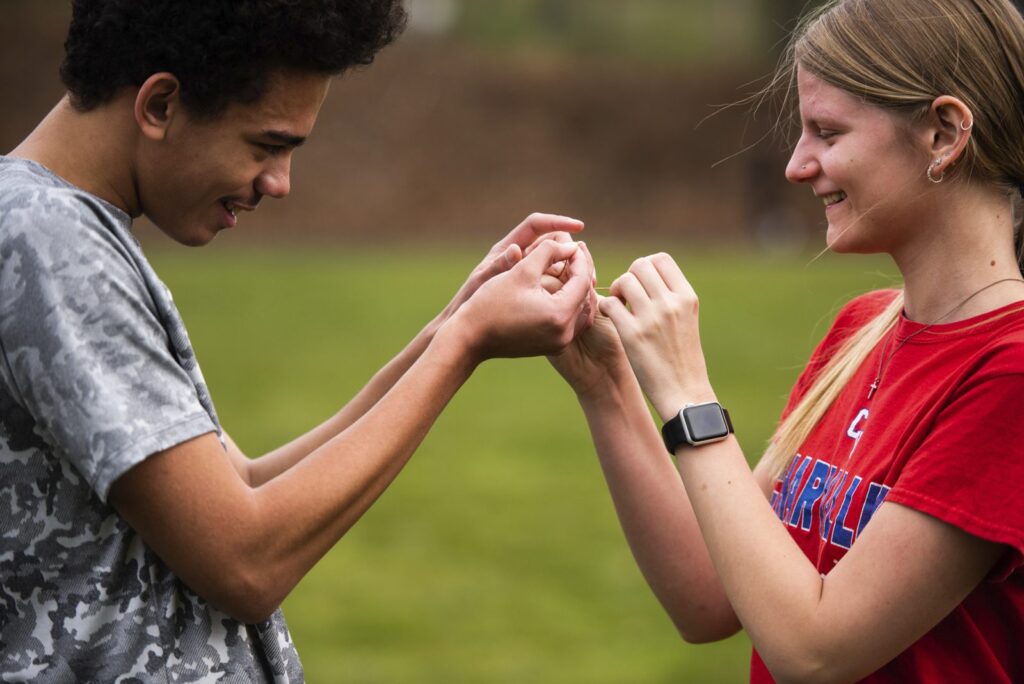
Editor’s note: This is the first in a two-part series on residency at the Western Pennsylvania School for the Deaf and the Western Pennsylvania School for Blind Children. Interviews were done with the help of an interpreter. Many students’ last names have been omitted at the request of the Western Pennsylvania School for the Deaf.
Kierra Oyler packed clothes, shoes, a toothbrush and her favorite toy in a large, purple suitcase. It was 2010, the first day of school. Oyler was 4. She was prepping to stay at school for the entire week.
“I cried all the way home,” said her mother, Georgia Oyler. “But I knew I was doing the right thing. Sometimes parents have to make a tough decision that is best for their child.”
That particular choice was to have her daughter live at the Western Pennsylvania School for the Deaf in Edgewood.
“Sometimes parents have to make a tough decision that is best for their child.”
— Georgia Olyer
The residential program is designed to give deaf and hard-of-hearing children from preschool through 12th grade an atmosphere of continuous communication, to make them feel “at home.”
Students live in a dorm from Sunday evening through Friday afternoon. They interact with other students and staff 24 hours a day, five days a week. They learn American Sign Language and everyday living skills. There are English, English language arts and speech classes available.
The School for the Deaf was founded in 1869 and encompasses 21 acres. It is a private nonprofit that follows the state’s standards for education. It is considered a public school and is one of only a handful in the state that offers education for deaf and hard-of-hearing students. Others locally include DePaul School for Hearing and Speech and Pressley Ridge School for the Deaf, both in Pittsburgh. Pressley Ridge also offers a residential program.
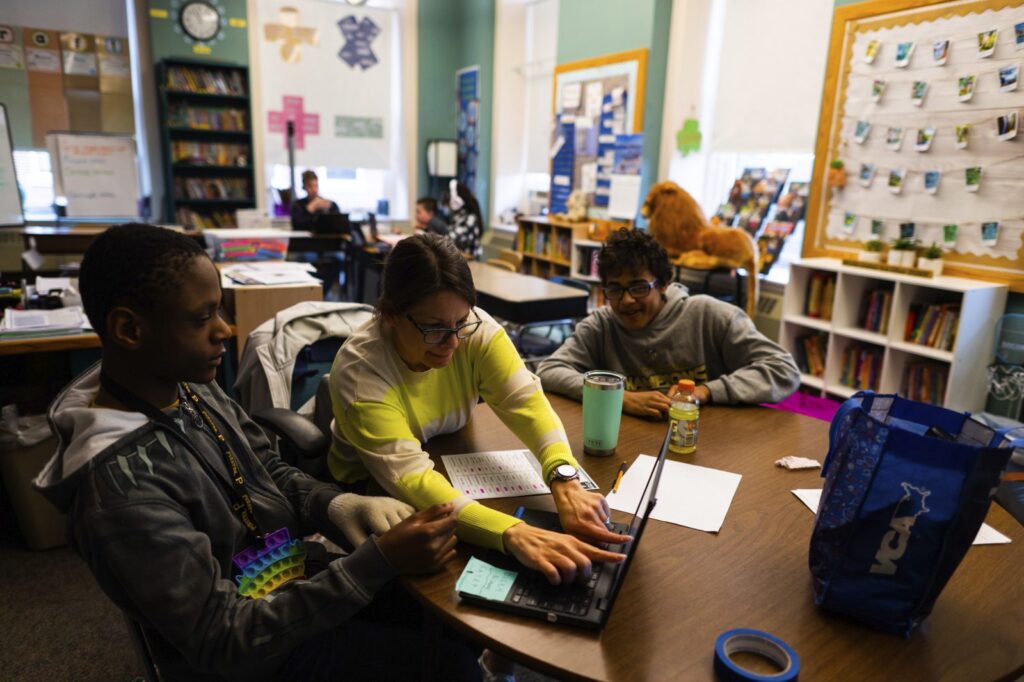
There are 177 students enrolled at the Western Pennsylvania School for the Deaf and 54 who live on campus. The school can accommodate more than 500 students and 80 in the residential program.
The school has grown from eight students in 1869. Enrollment swelled to more than 500 students — its highest ever — during the 1960s.
Students travel from across Pennsylvania to live and attend school here. The state and individual school districts pay for room and board and education for each student. Transportation is covered, in part, by a student’s home school district and the Western Pennsylvania School for the Deaf. Parents and guardians are not required to pay tuition or room and board.
According to the Pennsylvania Department of Education, the annual cost for a five-day residential stay during the school year starts at $118,267. Cost of tuition only for students who do not live at the school starts at $67,626. Neither figure includes aide or extended school year services.
Students can stay at the school until they are 21. Currently, some students are as old as 22 because the covid-19 pandemic caused them to miss a year of school.
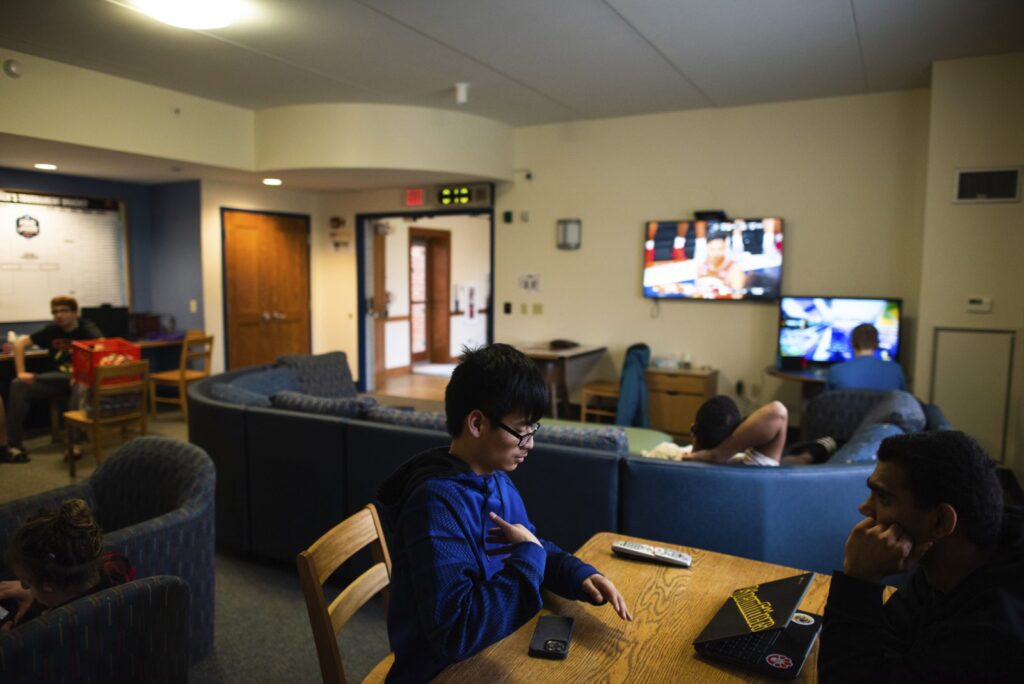
Life on campus
The campus at the Western Pennsylvania School for the Deaf is picturesque.
Red brick buildings are surrounded by trees and plenty of lawn space for activities. An expansive staircase leads to the main school entrance, which has eight stone pillars and stately, solid-wood doors. Amenities include a playground, gymnasium and a dining hall with round tables. A large field accommodates track and soccer teams.
The residential program operates in two living spaces — some students are part of an independent living program.
Boys’ and girls’ accommodations are separated by floors. The living arrangements have high school, middle school and elementary school students in different areas. Residential students are supervised and chaperoned at all times. The campus has a security team, and there is a registered nurse on campus.
“I can remember I was 4 and thinking this place was huge because I was so little,” said Oyler, now 16.
The dorm rooms are similar to those on a college campus. There are 40 bedrooms — 20 on each floor. The rooms are set up in pods, with six total bathrooms. Each bathroom has several toilets, sinks and private shower stalls.
Both floors also have visitor bathrooms.
Major changes occurred in the 1990s with the arrival of technology.
The school built a state-of-the-art learning center, the auditorium was refurbished, and a television studio was built. A math, science and technology center was completed. There is also a print shop where all students can work.
Internet access, iPads, smart board technology and document cameras are an everyday part of the educational environment. In the dorm, there are computers for students to use to call their parents. It’s similar to FaceTime. The program has a feature in which an interpreter can be available.
Residents eat in a dining hall but also have access to a kitchen. There are washers and dryers. They can enjoy social activities in the Lion’s Den snack bar, which has a pool table and other games as well as three big-screen TVs.
On field trips, the staff accompanies the students. When deciding on a living situation, the staff and parents work to determine if a student is more comfortable with or without a roommate.
Parents are welcome to visit during the week for events, activities and games.
Important connections
After school, students are greeted by Tom Halik, dean of boys, and Jenny Mendis, dean of girls for the dorm.
Halik is deaf and understands the obstacles faced by children who grow up in a house with family members who hear. Most of the time, he said, he didn’t understand what they were saying.
“I felt left out of conversations,” Halik said. “I can relate to what these kids are going through. It can be frustrating when they go home and they can’t communicate. I know what that feels like.”
Mendis, who is also deaf, lived in a dorm at a school for deaf children in Ohio. She said as with any living situation, there will be ups and downs.
“It’s important to invest back in the kids,” she said. “I try to connect with them. Some say I am their second mom.”
“Language at home can be a barrier,” said Halik, who has worked at the school for 26 years. “The children might not get as much socialization as they do here. Here, communication is open because they all speak the same language.”
The staff and students have created a community that is accepting, Georgia Oyler said.
“I bawled those first months every time I dropped her off,” said Georgia Oyler, who lives in Clarion County. “The dorm staff was so helpful and would give her hugs and hold her and get her focused on activities. They did everything they could to help her adjust.”
There is something special about living in the dorm, Kierra Oyler said. It’s the place she met her best friend, Sami, 17, a junior from Mercer County. The two weren’t even kindergarten age, but they discovered an immediate connection.
“I like the dorm,” said Sami, who had a sister, parents and grandparents attend the school and who grew up knowing about the benefits of the school. “We learn from each other. I see the little kids, and it’s our turn to help them learn and communicate. We build a sense of teamwork here. When I see random people struggling with something, I am willing to help them. Even if we aren’t able to communicate clearly, I am going to try my best and maybe we can develop a friendship. Don’t be afraid to talk to deaf people.”
Kierra agreed and suggested talking louder and being patient with deaf people. Some can read lips, so it’s essential to be face-to-face when talking to them, as well as when communicating in sign language. Expression and eye contact are also important. Some students use homemade signs.
Being homesick isn’t unusual, but once students start to make friends, the dorm becomes like a second home. Residents can personalize their rooms. The older students help newcomers adjust. Some, like Sami, are peer mentors who lead by example for younger and new residential students.
In the dorm, supervisors normally wake up students in the morning.
The dorm has become a home to some siblings, such as Sami and her sister, and Micah, 15, a ninth grader from Lancaster, and sister Starla, 14, an eighth grader. Starla said playing sports and being part of the team, as well as knowing her brother is there, helped make the transition to the dorm easier. This last graf seems randomly placed.
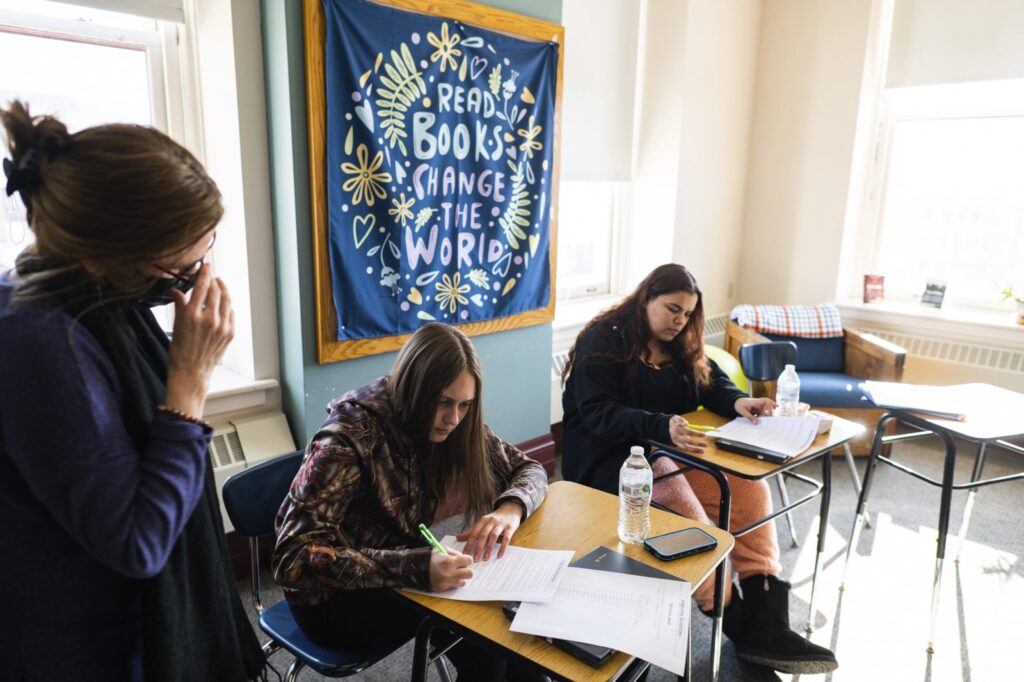
The curriculum
The school day begins at 8 a.m. and goes until 3 p.m. Class sizes are smaller than mainstream schools, with an average of eight to 10 students. They learn the same curriculum as is taught in public schools and take the same state tests.
When it’s time for classes to change, a light illuminates in addition to a bell ringing.
Sports are available, including boys and girls basketball, cheerleading, boys and girls track, girls volleyball and co-ed soccer. Students compete against other deaf schools throughout the country, as well as hearing schools in Western Pennsylvania in the Southwestern Christian Athletic Conference.
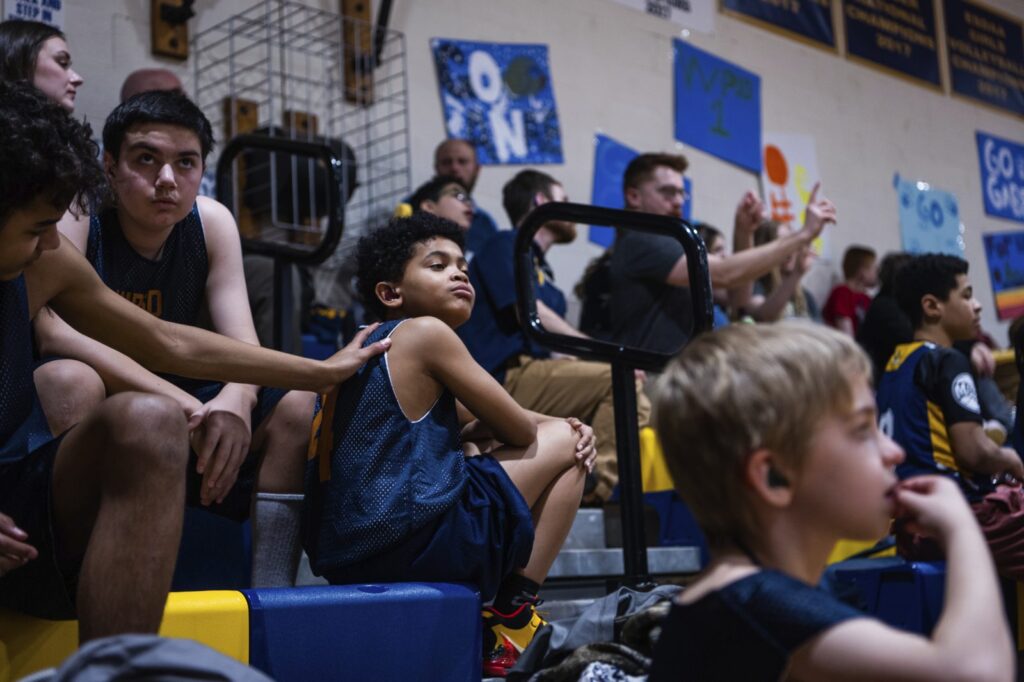
In basketball, at the end of a period or game, a light comes on around the backboard. Some can feel the vibrations from a large drum played at basketball games.
Sports tend to play a big part in the lives of deaf people, said Steven E. Farmer, CEO at the Western Pennsylvania School for the Deaf.
“Sports are self-explanatory,” Farmer said. “You don’t have to interpret what is happening in games for players or spectators.”
As Oyler, now a junior, prepares to make college visits and study to become a veterinarian, she recalled that first day, too. She didn’t quite comprehend what living away from home would be like, but she grew to love her surroundings because she was around others who could understand and communicate with her.
“We’ve made a lot of memories,” she said. “I was homesick at first, but I adjusted and I’ve learned social skills. This is a family here.”

Life skills
In March, as part of the residential program, students from the dorm went shopping at Giant Eagle for ingredients to prepare dinner — the girls chose meatloaf and mashed potatoes and the boys decided on calzones.
“I learned to discuss with everyone what to buy and how much to buy,” said Jared, 18, a 10th grader from Murrysville. “We had to agree on what to make so that we all would like it.”
They learned to communicate in the grocery store what they needed. The students and staff members used sign language to decide what they wanted to buy. Halik said students can use their smartphones to communicate with store employees and show what item they were looking for. There are also apps that convert talk to text. Or they can write down what they are looking for.
“It is so satisfying to see a kid grow up here. … We make it a homelike environment for them.”
— Tom Halik, dean of boys
Being able to leave campus is also one of the benefits of dorm life. Micah and Chris, who have become best friends, were among the residents who went ice skating at the Robert Morris University Island Sports Center on Neville Island in February.
“We enjoy these trips,” said Micah, 15, a ninth grader from Lancaster. “They are a change of pace. And with so many activities, we don’t have a lot of time to be homesick.”
Chris and Micah are on the basketball and track teams. When you see one, you usually see the other.
“We are a team,” said Chris, 16, who is from Lawrence County and is in ninth grade.
“Sports are great because they give the students a chance to be with not just their teammates but other students from visiting teams,” said Micah’s sister, Starla, 14, who is in eighth grade.
In the dorm, students learn to look out for each other.
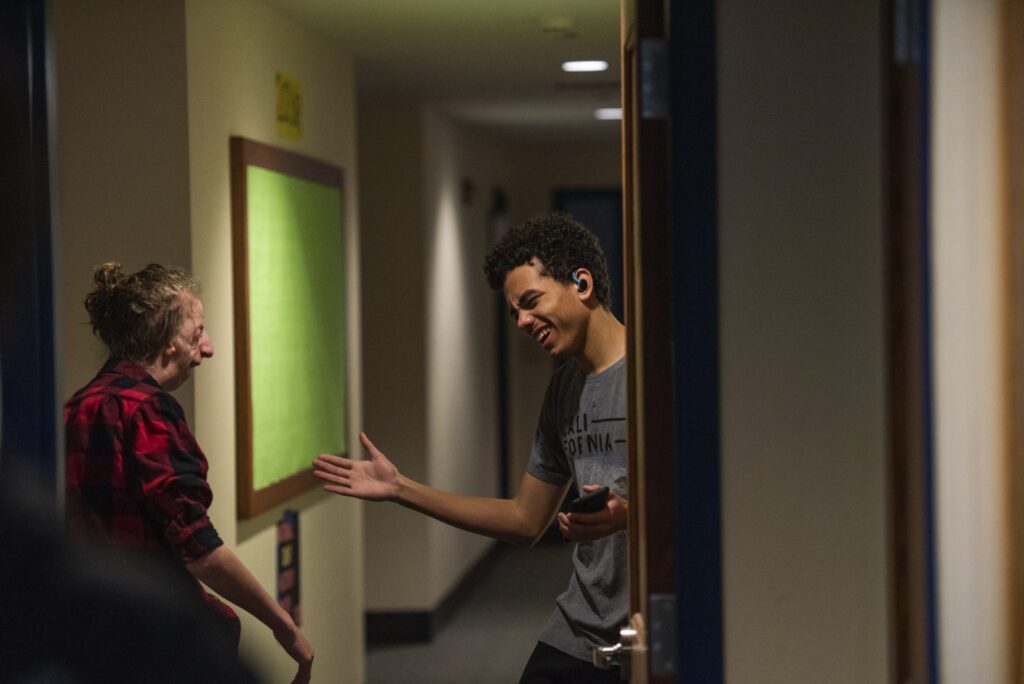
“It is so satisfying to see a kid grow up here,” Halik said. “Two of the girls here, I took care of their mothers. Many of the former students reconnect with the school. We make it a homelike environment for them.”
Director of Student Affairs Bill Estes, who is deaf, said the goal is to create a “home away from home.” Students get to socialize with students of different ages and cultures. He recalled his parents dropping him off at a dorm at the Alabama School for the Deaf when he was 5 years old.
“I really cried,” he said. “I grabbed for my dad’s hand and hoped he’d come back. I appreciate what my parents did. I enjoyed being there, and I made friends who I missed when I went home on weekends.”
He said students have lots of commonalities, and those opportunities might be limited at other schools.
“We remove that barrier of communication,” Estes said. “Therefore, they have the opportunity to do anything those who are hearing can do. They are not limited here.”
Farmer, who is deaf, said he tells people that he is living proof it’s about making the impossible possible.
“Deaf people can do anything except hear,” Farmer said.
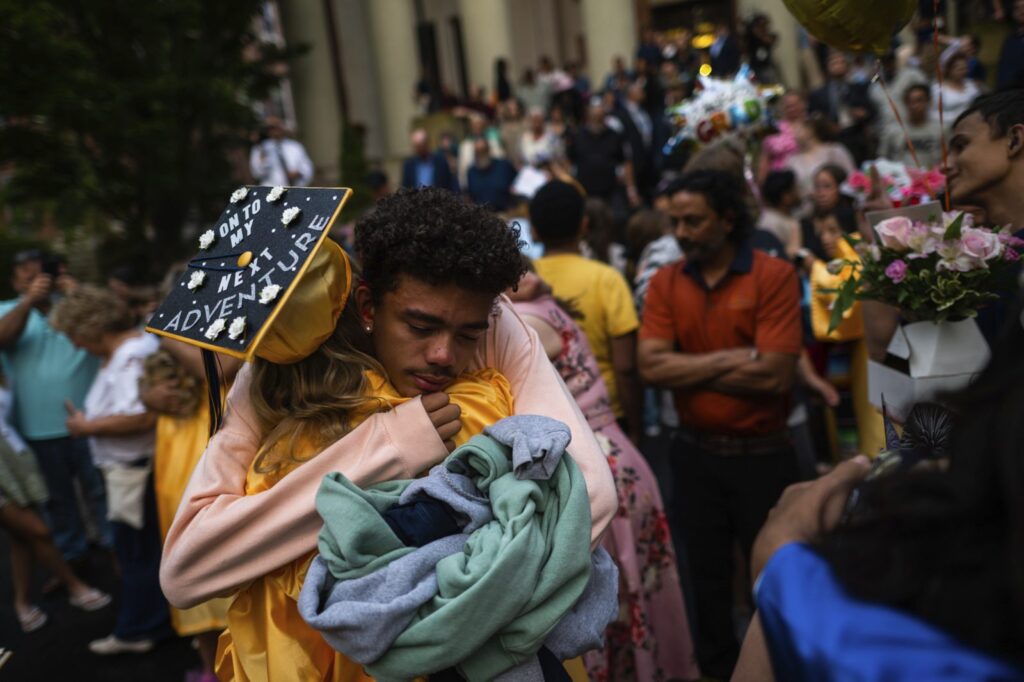
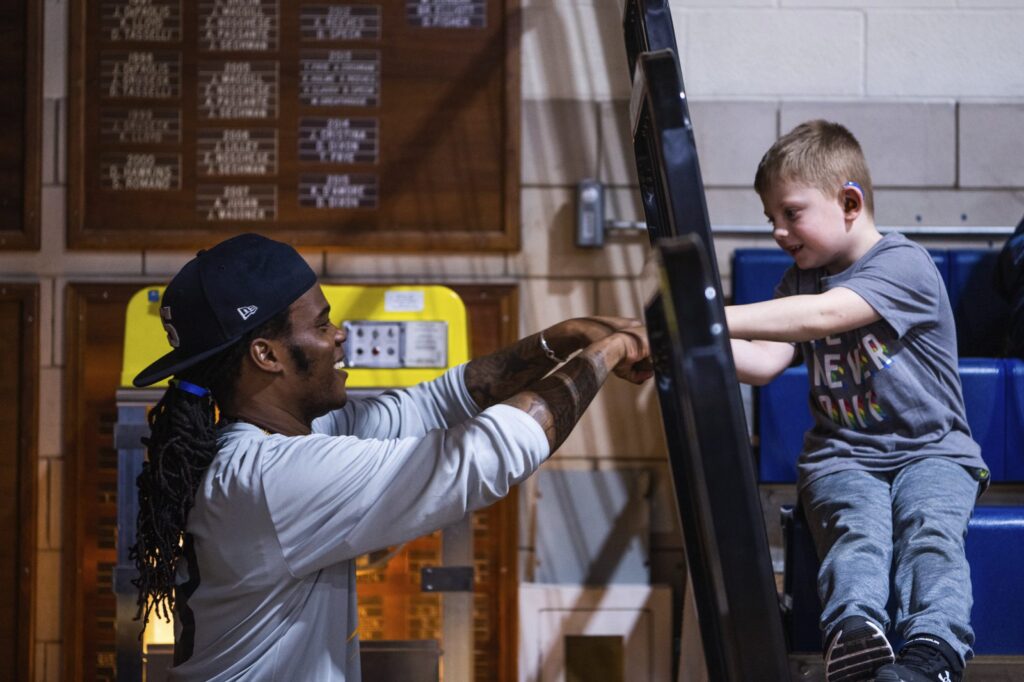
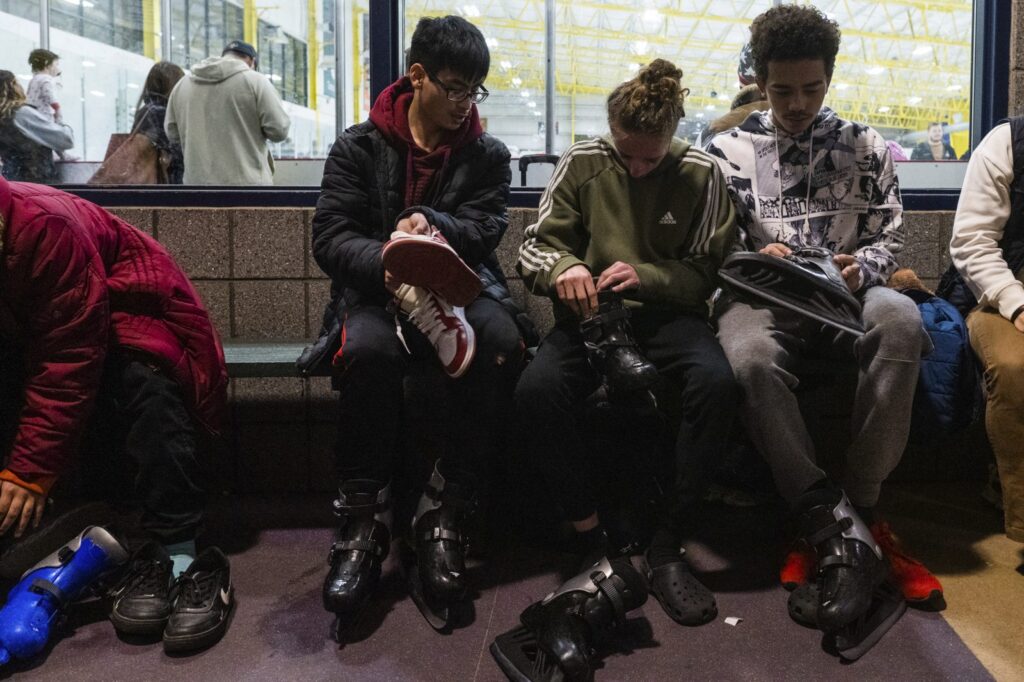
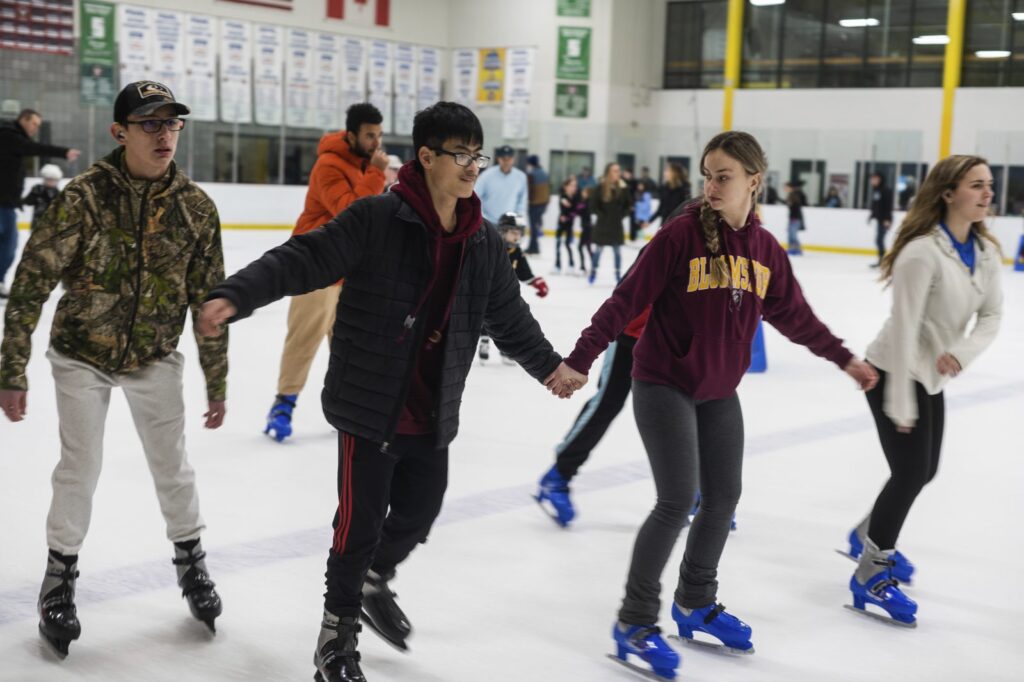
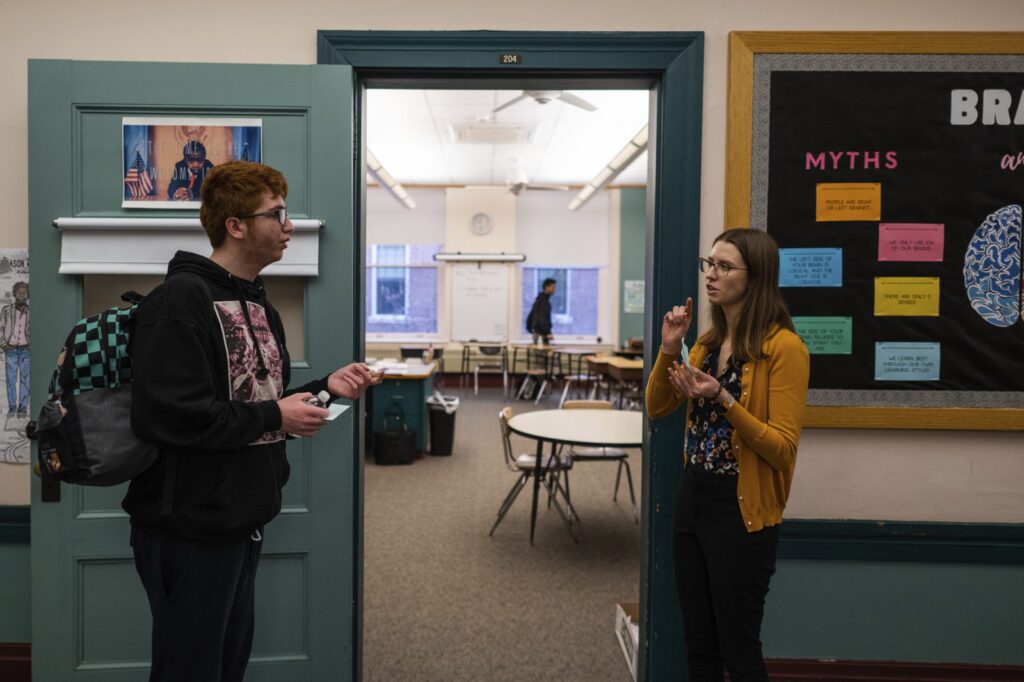
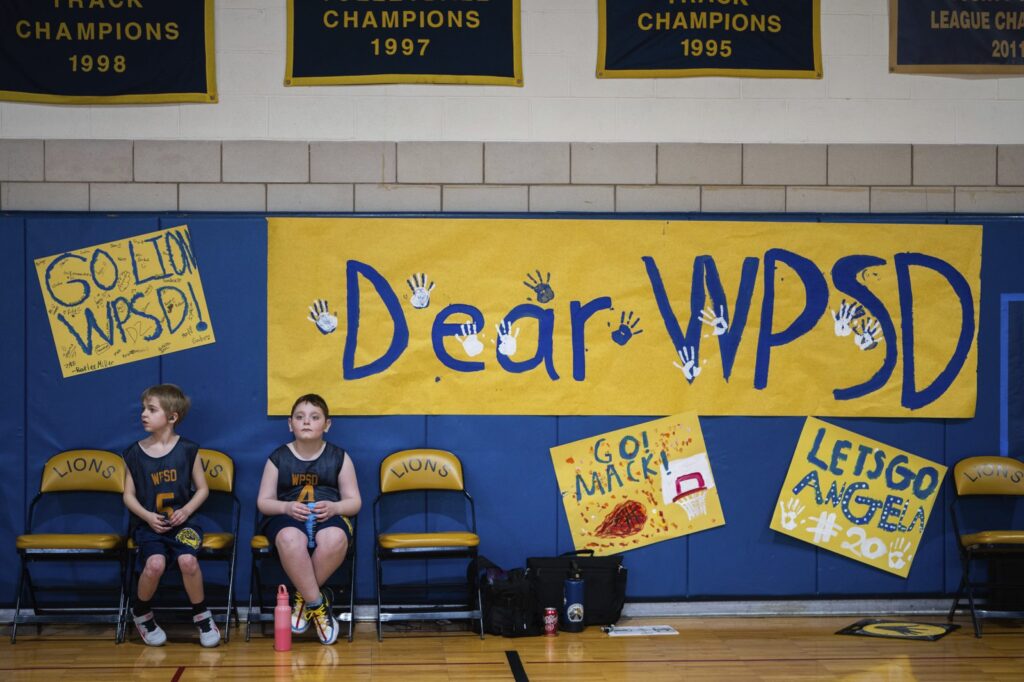
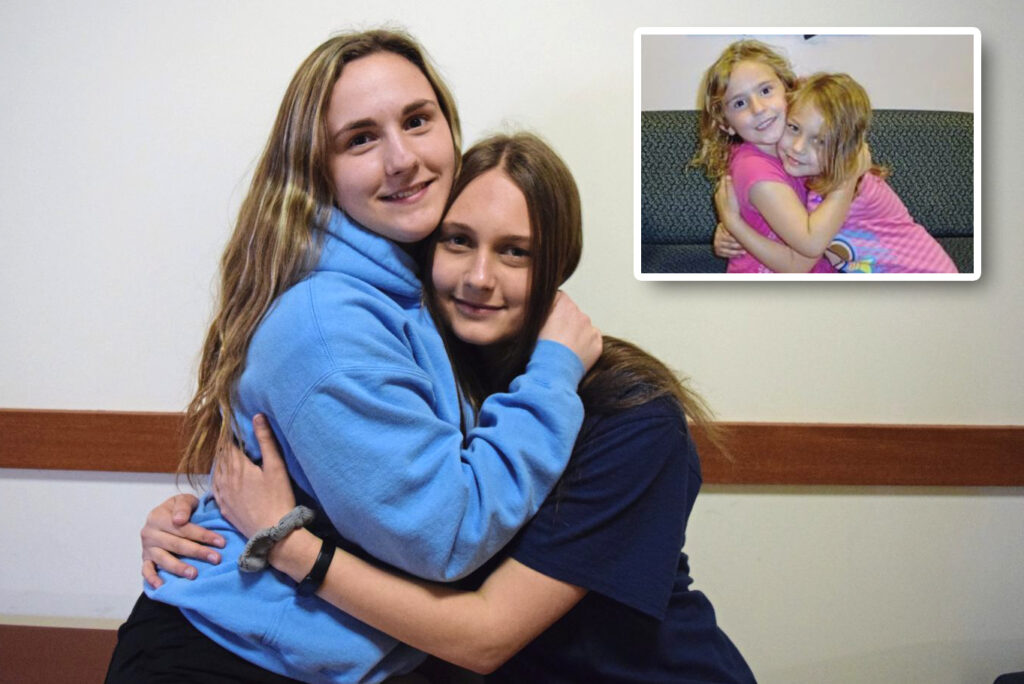
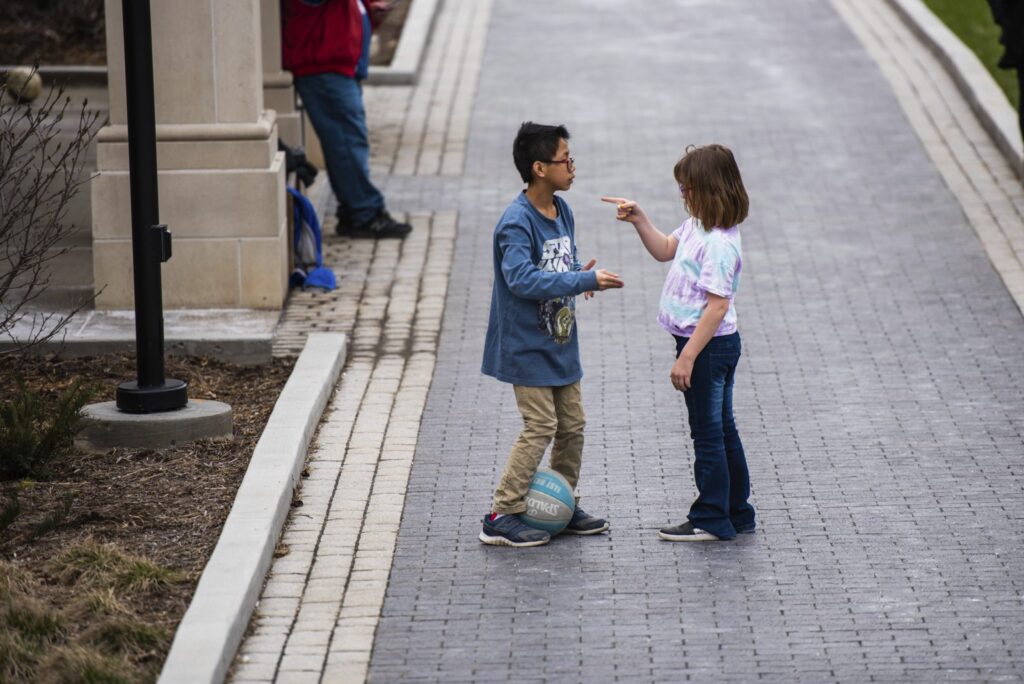
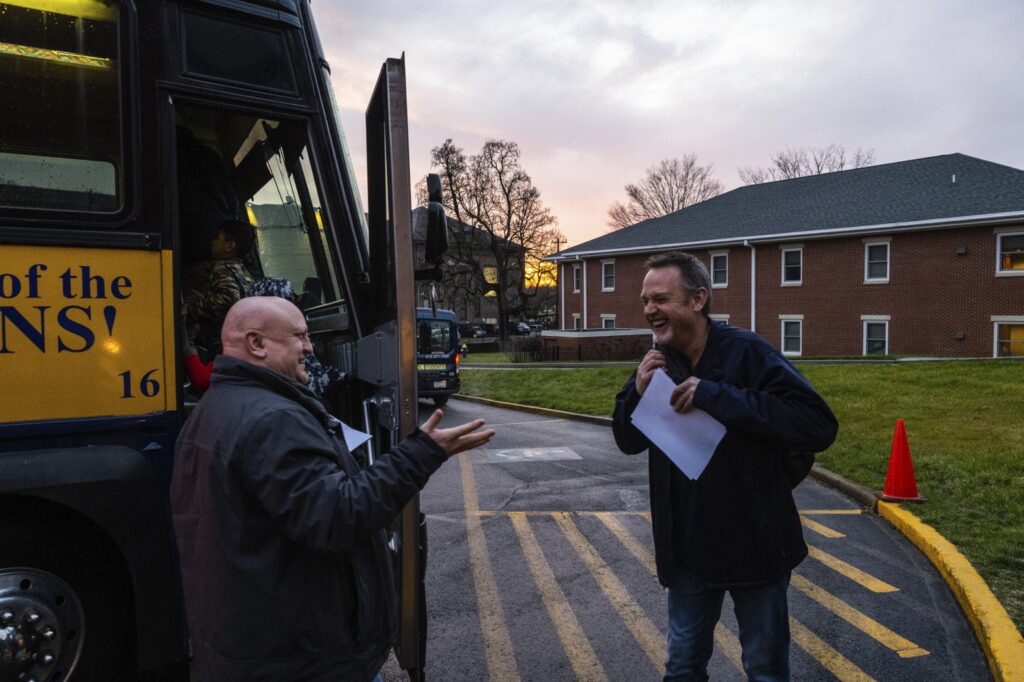
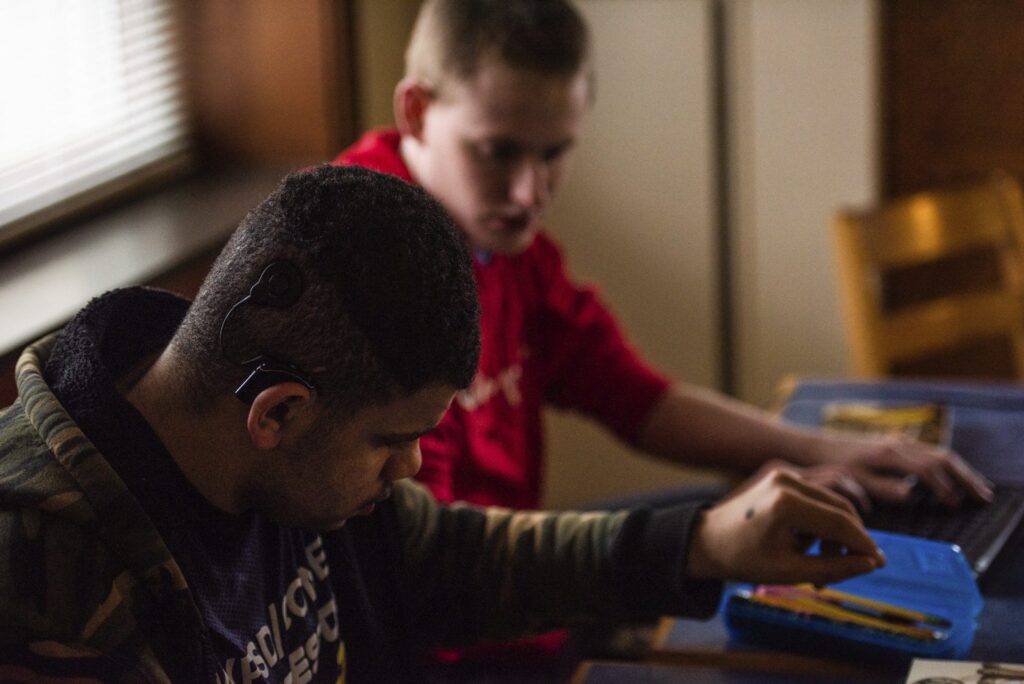
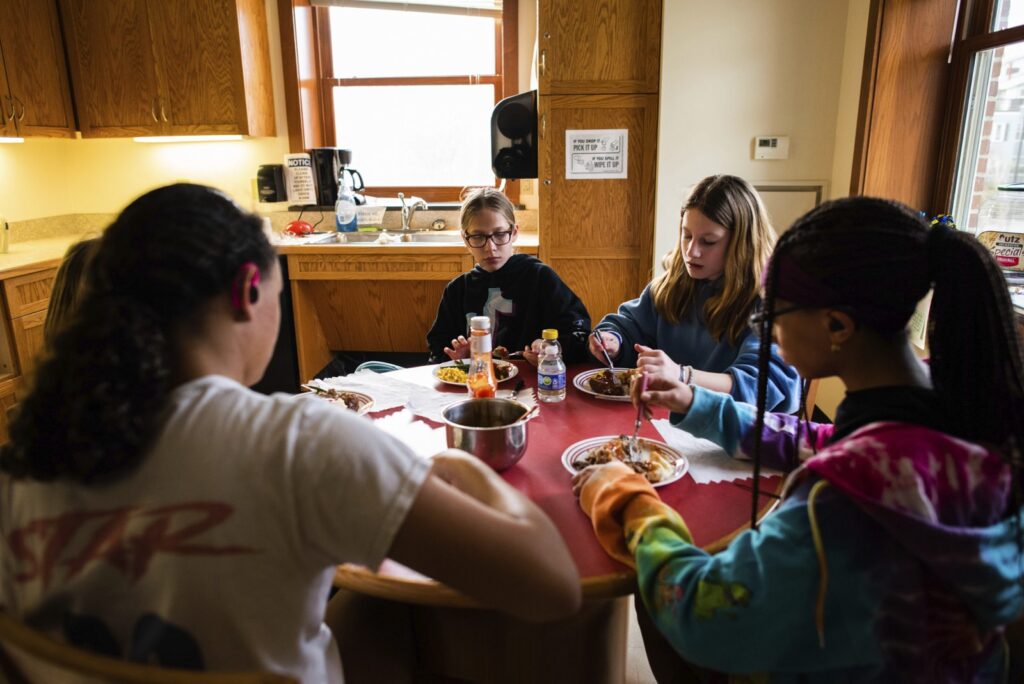
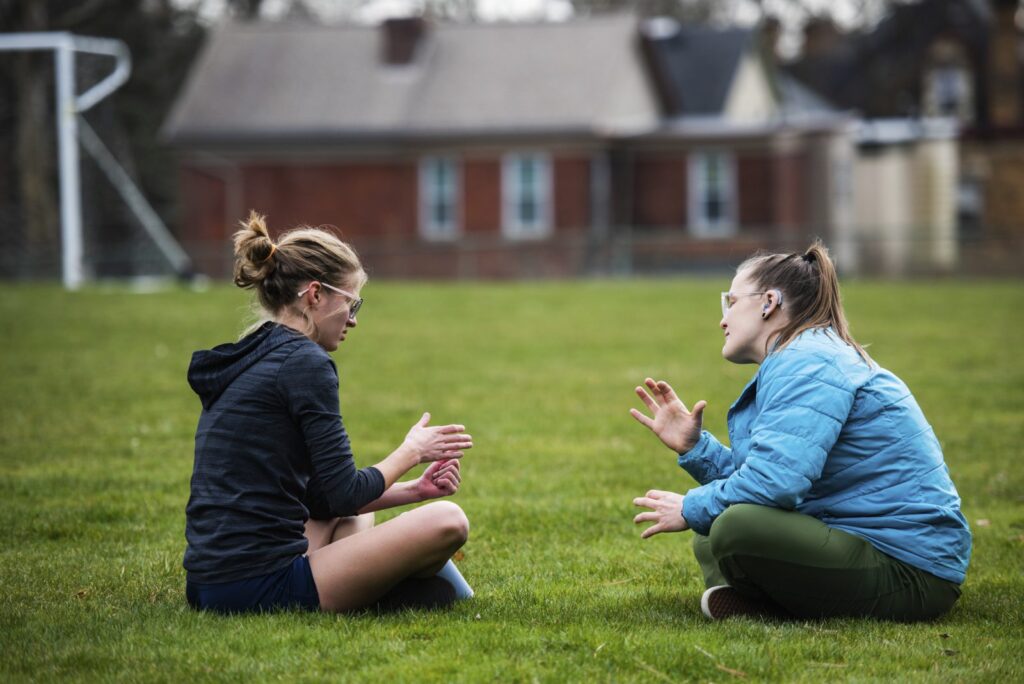
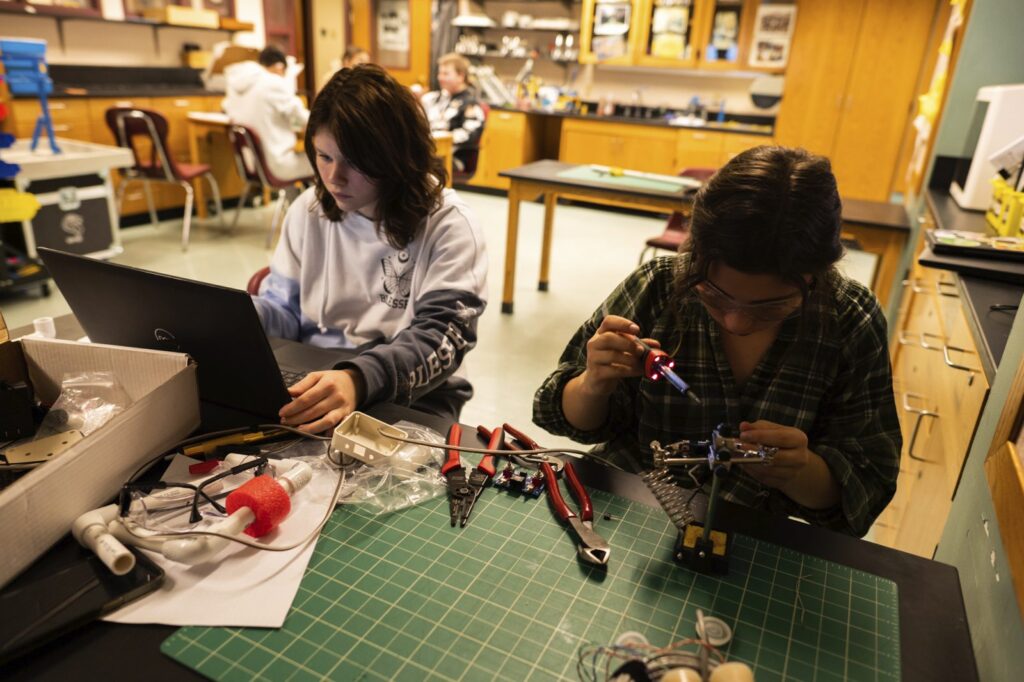
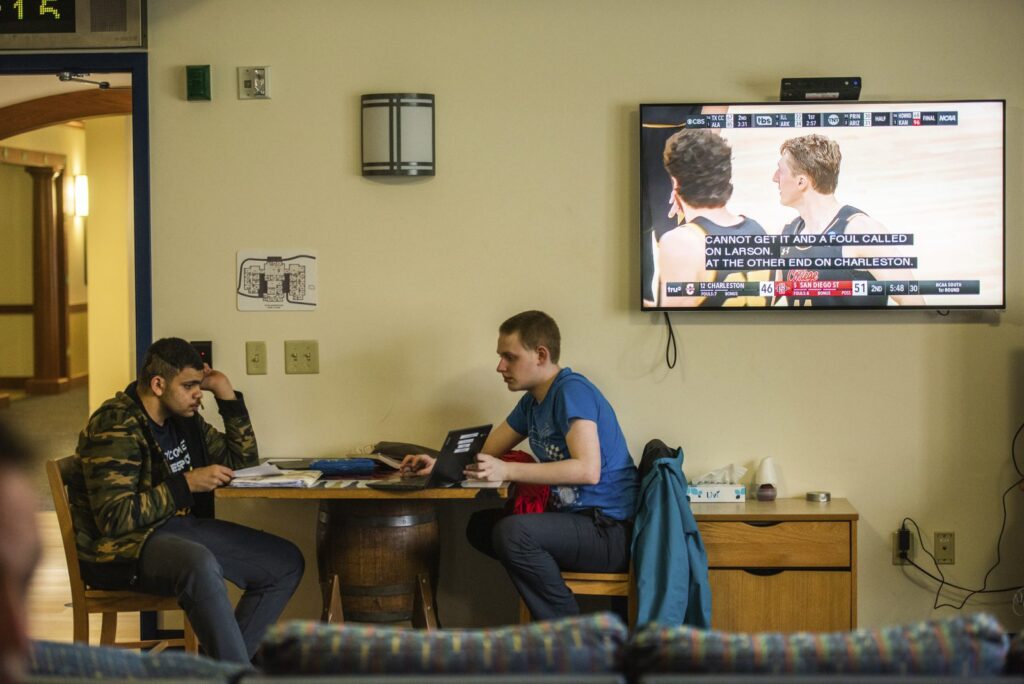
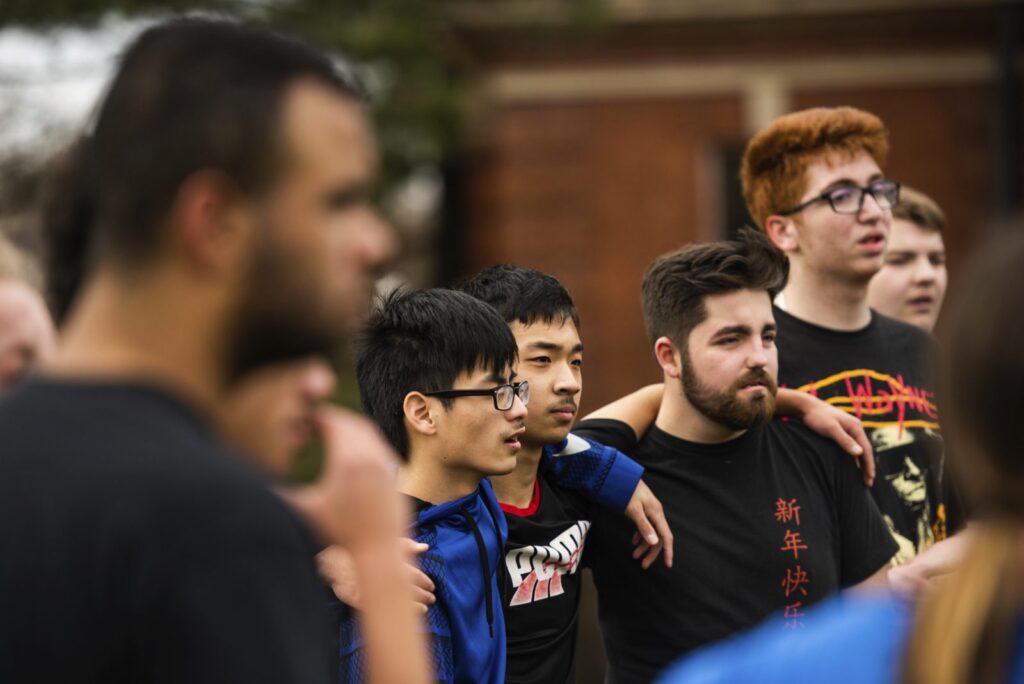
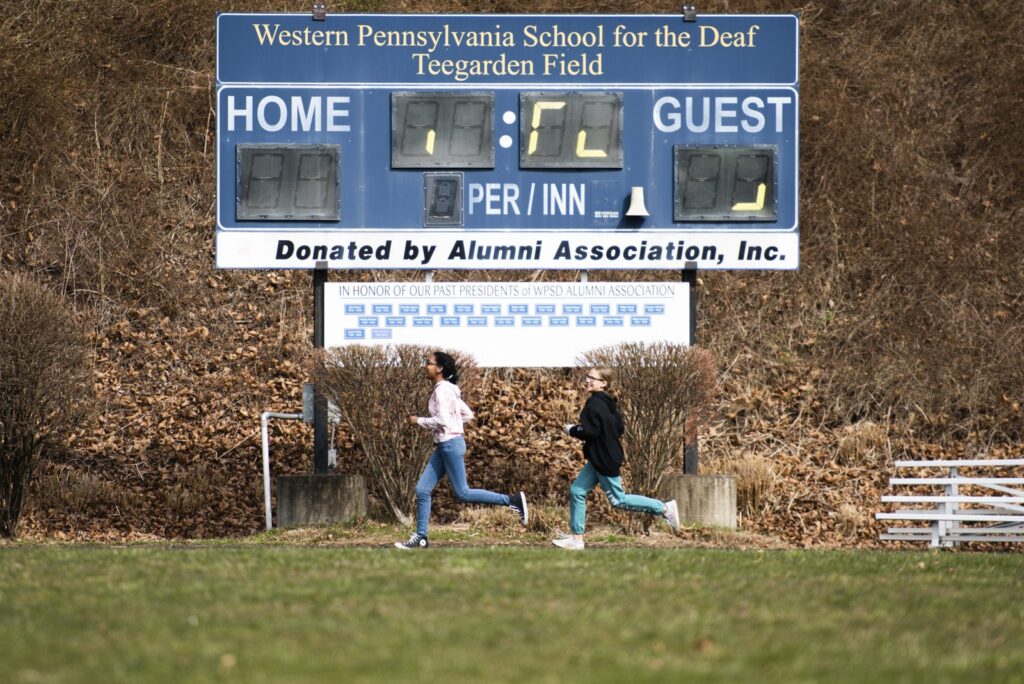
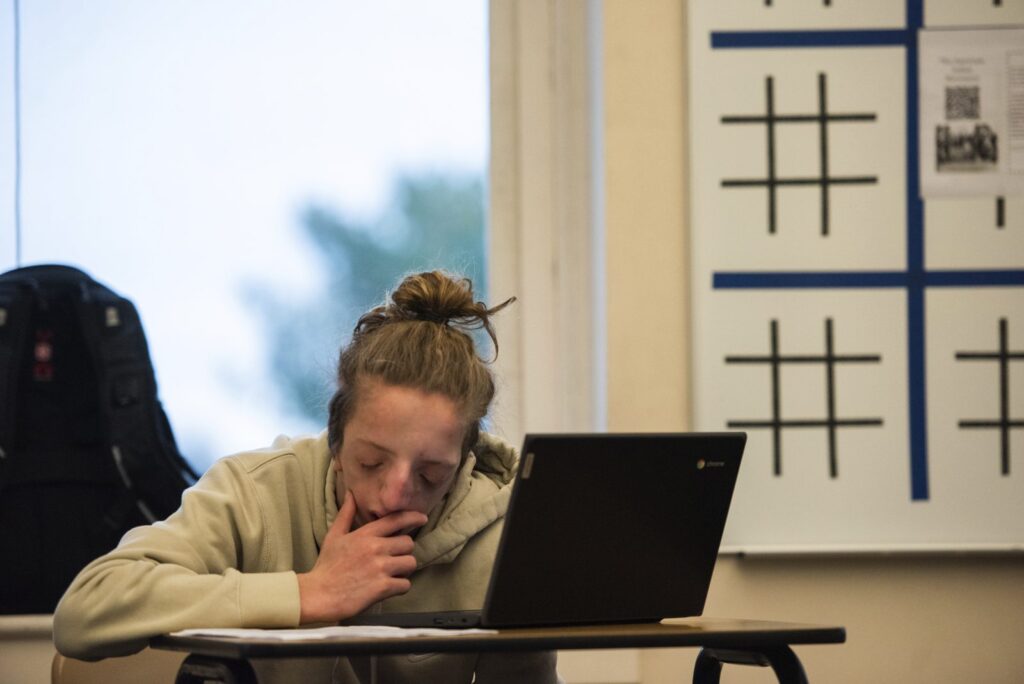
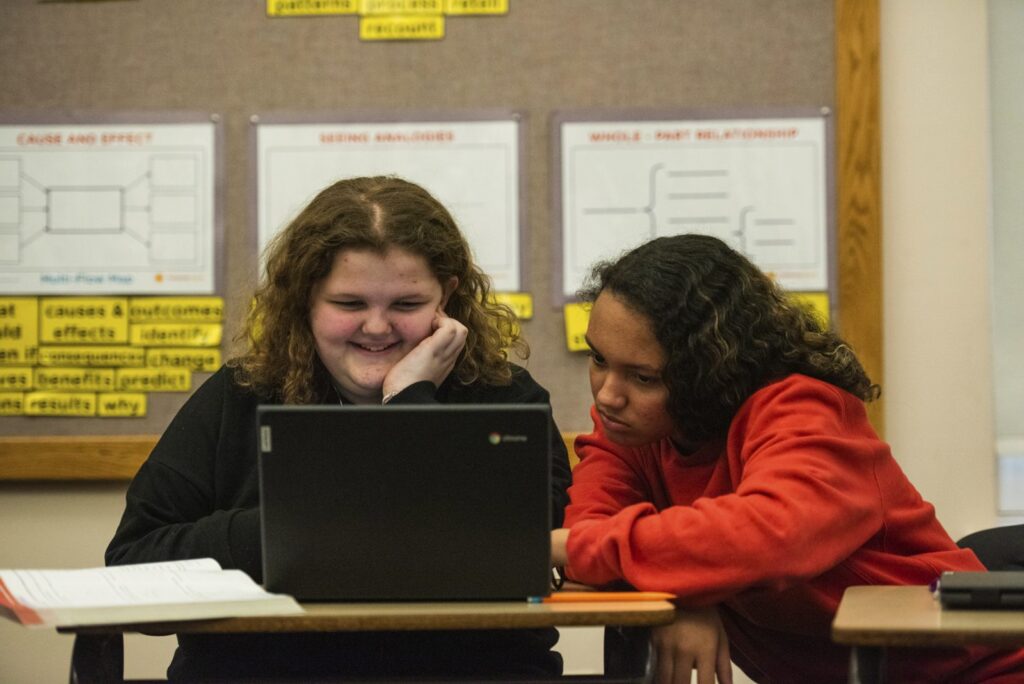
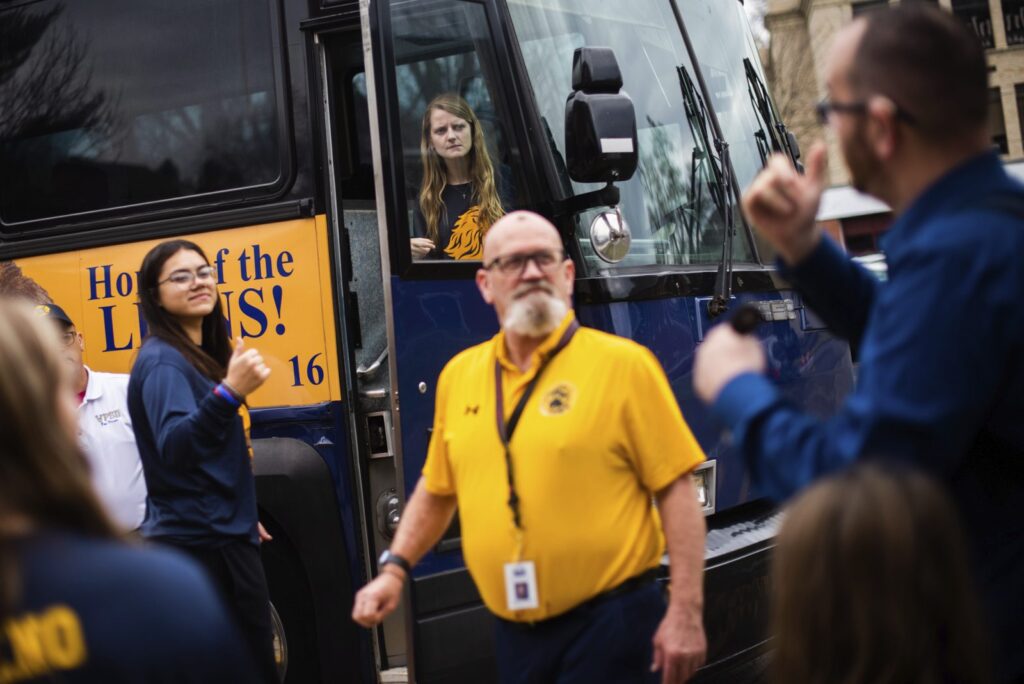
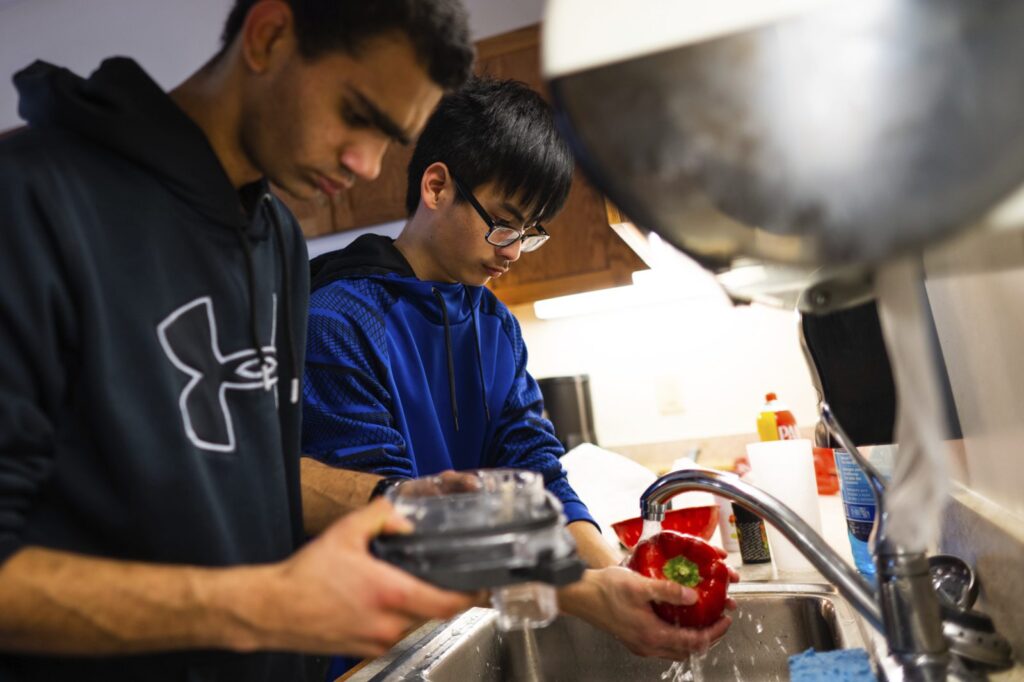
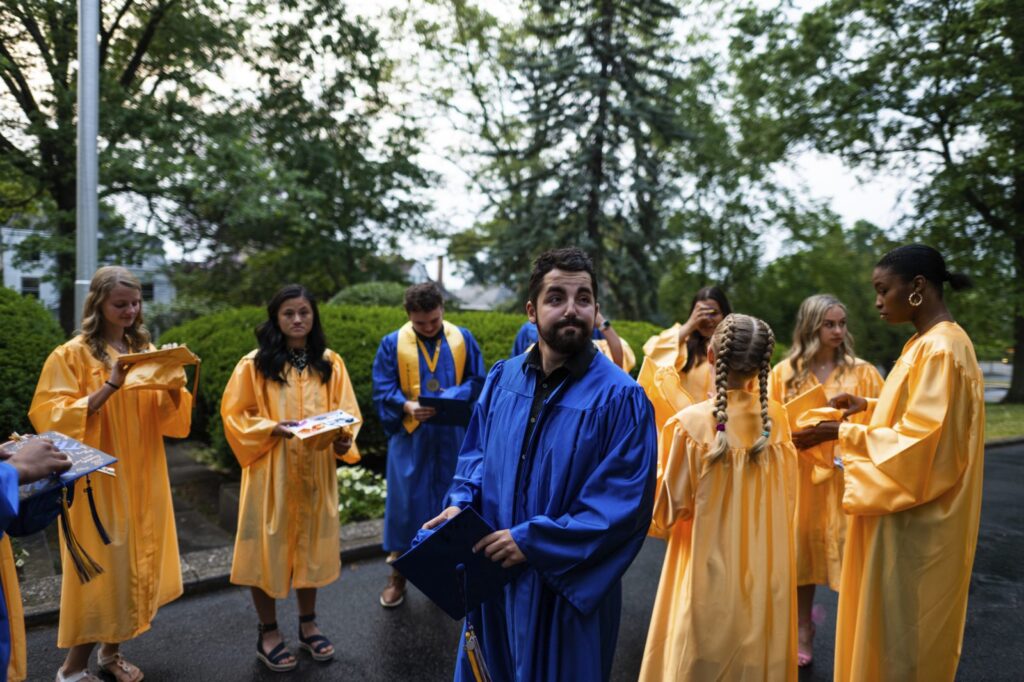
JoAnne Klimovich Harrop is a Tribune-Review staff writer. You can contact JoAnne at jharrop@tribweb.com or via Twitter @joannescoop.
Shane Dunlap is a Tribune-Review photographer. You can contact Shane via email at sdunlap@triblive.com.
Source: Triblive.com – Signs of the Time
